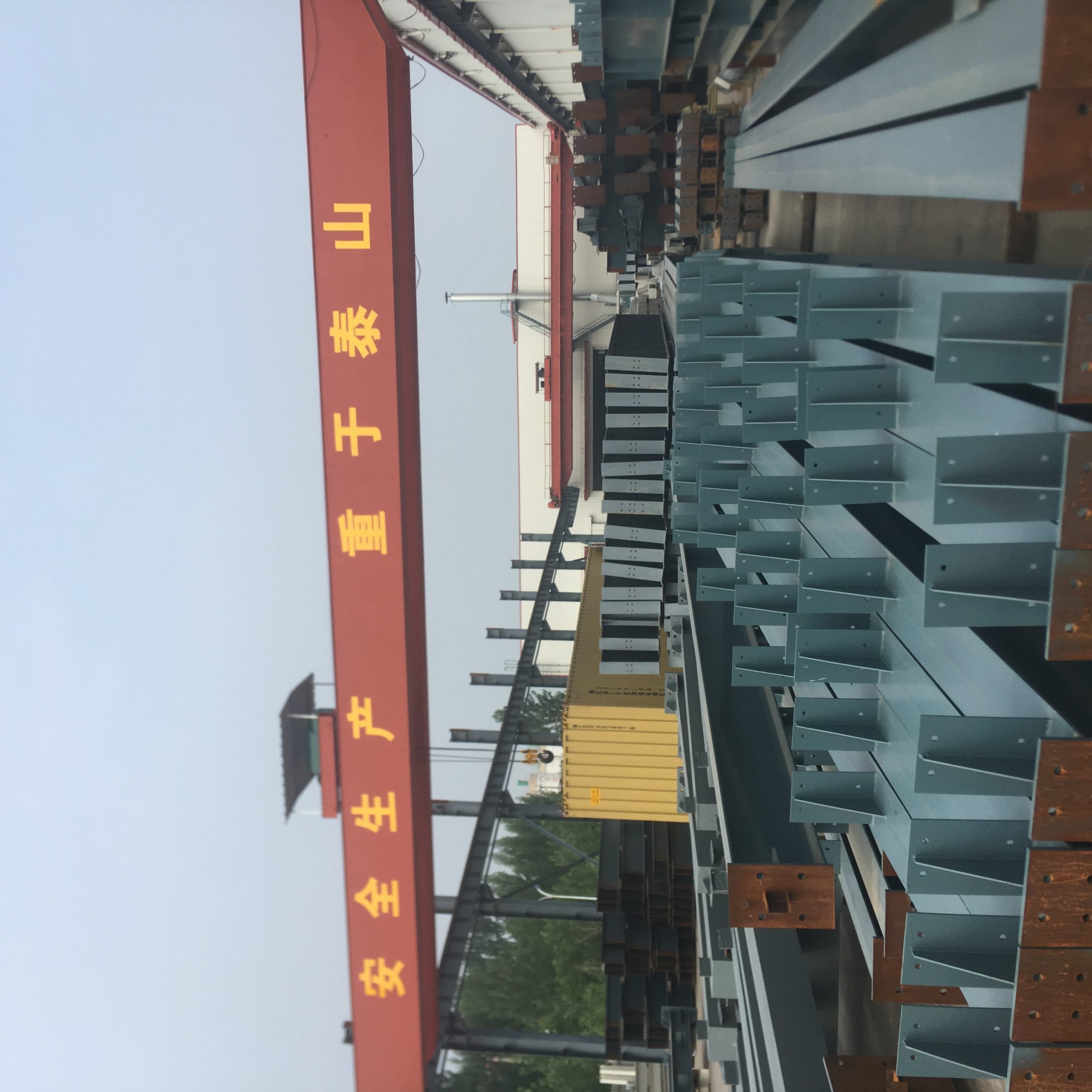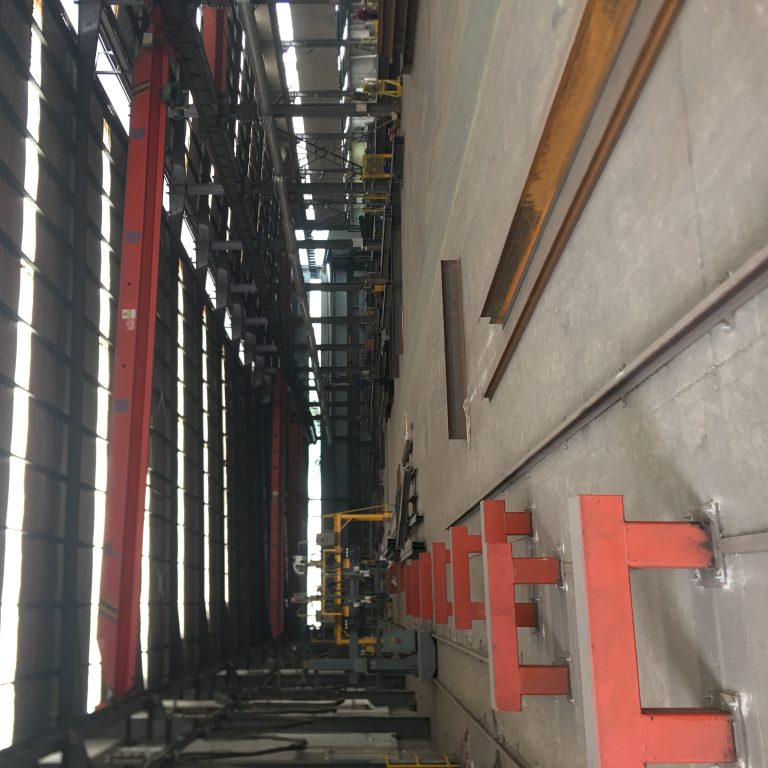Design standard and practice for acid rain erosion resistance of steel structures
Table of Contents
Importance of Design Standards for Acid Rain Erosion Resistance of Steel Structures
Acid rain is a significant environmental issue that can have detrimental effects on steel structures. The corrosive nature of acid rain can lead to erosion and degradation of steel, compromising the structural integrity and longevity of buildings, bridges, and other steel structures. To combat this problem, it is essential to adhere to design standards and practices that ensure acid rain erosion resistance in steel structures.
Design standards for acid rain erosion resistance of steel structures are crucial for ensuring the durability and safety of these structures. By following these standards, engineers and architects can design steel structures that are resistant to the corrosive effects of acid rain, thereby extending their lifespan and reducing maintenance costs. These standards outline the materials, coatings, and construction techniques that should be used to protect steel structures from acid rain erosion.
One of the key components of design standards for acid rain erosion resistance is the selection of appropriate materials. Stainless steel, for example, is highly resistant to corrosion and is often used in structures that are exposed to acid rain. Additionally, coatings such as epoxy or polyurethane can provide an extra layer of protection against acid rain erosion. By selecting the right materials and coatings, engineers can ensure that steel structures remain intact and structurally sound in the face of acid rain exposure.
In addition to materials, design standards also dictate construction techniques that can help enhance acid rain erosion resistance in steel structures. Proper drainage systems, for example, can prevent the accumulation of acid rainwater on steel surfaces, reducing the risk of corrosion. Regular maintenance and inspections are also essential to identify and address any signs of erosion or degradation before they escalate into more serious issues.
Adhering to design standards for acid rain erosion resistance is not only important for the structural integrity of steel buildings but also for the safety of occupants and the surrounding environment. A failure to protect steel structures from acid rain erosion can lead to structural failures, collapses, and other safety hazards. Furthermore, the release of corroded steel particles into the environment can have negative impacts on air and water quality.
In conclusion, design standards for acid rain erosion resistance of steel structures are essential for ensuring the durability, safety, and longevity of these structures. By following these standards and practices, engineers and architects can design steel structures that are resistant to the corrosive effects of acid rain, thereby protecting both the structures themselves and the environment. It is imperative that all stakeholders involved in the design and construction of steel structures adhere to these standards to mitigate the risks associated with acid rain erosion. By doing so, we can ensure that steel structures remain strong, safe, and sustainable for years to come.
Best Practices for Ensuring Acid Rain Erosion Resistance in Steel Structure Design
Acid rain is a significant environmental issue that can have detrimental effects on steel structures. The corrosive nature of acid rain can lead to erosion and degradation of steel, compromising the structural integrity of buildings and infrastructure. To combat this problem, it is essential to implement design standards and practices that enhance the acid rain erosion resistance of steel structures.
One of the key factors in designing steel structures that are resistant to acid rain erosion is the selection of appropriate materials. Stainless steel, for example, is highly resistant to corrosion and is often used in environments where acid rain is a concern. Additionally, coatings and paints can be applied to steel surfaces to provide an extra layer of protection against acid rain.
In addition to material selection, the design of steel structures should also take into account factors such as drainage and ventilation. Proper drainage systems can help prevent the accumulation of acid rain on steel surfaces, while adequate ventilation can help reduce the concentration of corrosive gases in the air.
Another important consideration in designing steel structures for acid rain erosion resistance is the use of sacrificial anodes. These are metals that are more reactive than steel and can be attached to steel structures to attract corrosive elements away from the steel. By sacrificing themselves, these anodes help protect the steel from corrosion.
Regular maintenance and inspection of steel structures are also crucial in ensuring their resistance to acid rain erosion. Inspections should be conducted to identify any signs of corrosion or erosion, and maintenance activities such as cleaning and repainting should be carried out as needed to prevent further damage.
In conclusion, designing steel structures that are resistant to acid rain erosion requires careful consideration of materials, design elements, and maintenance practices. By following best practices and implementing appropriate design standards, it is possible to mitigate the effects of acid rain on steel structures and ensure their long-term durability and safety.








